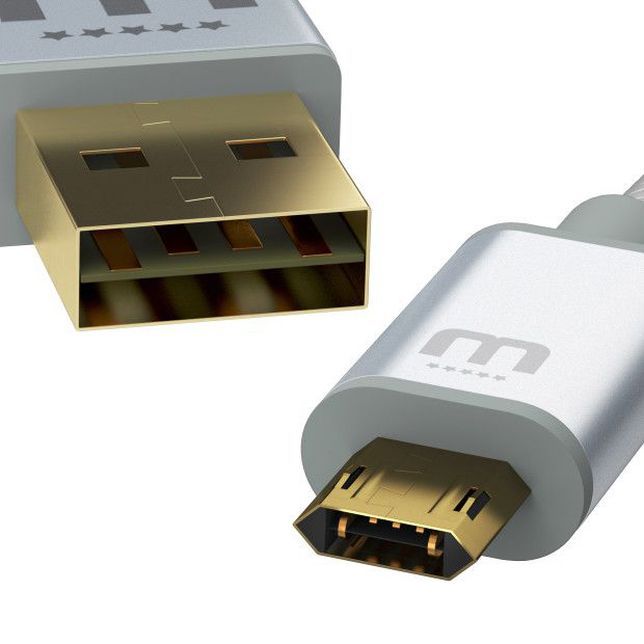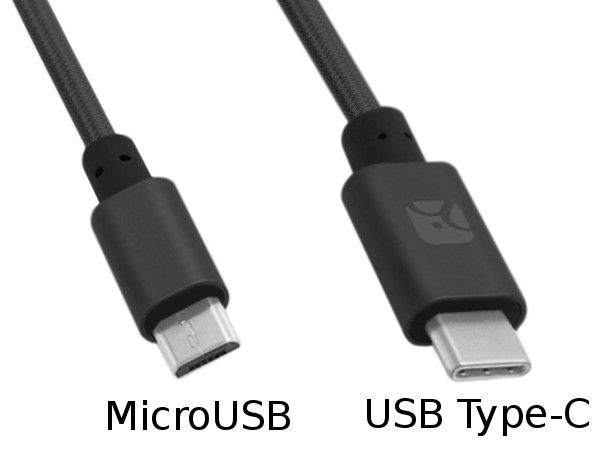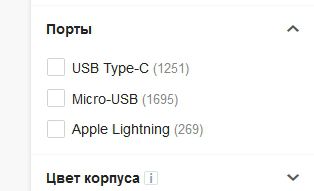You can often hear that microUSB today is a thing of the past and should be forgotten in favor of a modern USB-C. However, in reality, even in 2019, the USB-C introduced in 2014 is of little use. Using this port still looks like marketing in most cases and here are some examples.
-
USB-C with microUSB speed
You can say that your 2019 smartphone with a USB-C connector will transmit data at the same speed as microUSB. All because in both cases the old USB 2.0 protocol is used. Modern USB 3.1 is much more expensive and manufacturers are delaying its use as soon as they can.
According to the Hotline aggregator, stores in Ukraine offer 520 2019 model year smartphones with USB-C port. At the same time, devices in the budget and medium price categories transfer data from USB 2.0. USB-C is used in state budgets (up to 4000 UAH) Motorola G7 Play XT1952, Xiaomi Redmi Note 7, Samsung Galaxy A20, and midrange (up to 10000 UAH) Xiaomi Mi 9, Samsung Galaxy A70, Honor 20. And they all transfer data to microUSB speeds.
Vendors spend on modern technology only in flagships such as OnePlus 7 Pro, Samsung Galaxy S10, HUAWEI P30 Pro, because users will still pay – the price of the cheapest top-end unit (from 18 000 UAH) is twice the nearest mid-range offer.
-
microUSB is also reversible
 USB-C fans often call it a huge advantage reversibility – the ability to connect either side of the connector. But so is microUSB: since 2015, there are reversible microUSB wires. They are even more convenient than the USB-A-USB-C cables used to connect your smartphone to your computer. The microUSB reversible cable also has a reversible USB-A connector.
USB-C fans often call it a huge advantage reversibility – the ability to connect either side of the connector. But so is microUSB: since 2015, there are reversible microUSB wires. They are even more convenient than the USB-A-USB-C cables used to connect your smartphone to your computer. The microUSB reversible cable also has a reversible USB-A connector.
-
microUSB is still more versatile
MicroUSB smartphones are still available more than USB-C devices. This can also be explained by the price – the new connector costs more for vendors. For users, this means that in any casual situation it will be easier to find a microUSB charging wire than a USB-C.
-
Connection problems of USB-C
The vast majority of laptops and computers today do not have USB-C ports, but use standard USB-A. Most likely, the USB-A-microUSB cable lies somewhere near – from an old smartphone, a waddle, and more. But for USB-A-USB-C you may need to go to the store.
-
Accessories like microUSB
If you have a smartphone with USB-C, then you will need to constantly keep another microUSB wire to connect the accessories. Manufacturers of speakers, headsets, headsets, and other devices also save and do not want to pay for using a USB-C connector. Hotline statistics show:
- 550 microUSB portable speakers versus 41 USB-C speakers
- Bluetooth headsets mainly use microUSB
- headphones are mainly USB-A and microUSB (323) rather than USB-C (24)
- 2061 microUSB powerbank vs 64 USB-C
- 624 external hard drives with microUSB 2.0 and microUSB 3 versus 38 with USB-C
Chargers mostly use USB-A (1455) rather than USB-C (121). There are still 107 chargers with a microUSB built-in cable.
-
USB-C is tangled
USB-C was supposed to be the only cable for everything, but the desire to save played a bad joke with it. The USB-C specification has too many optional features and the optional ones are up to the manufacturers to decide whether to implement them. Therefore, one USB-C cable may work with your gadgets and the other may not. For example, this applies to Power Delivery technology, audio (analog, digital, or both) of the USB protocol used (USB 2.0, USB 3, USB 4).
Conclusion
It turns out that it’s still more convenient to use microUSB today. Only users of top-end equipment will feel that USB-C is more convenient, because in such devices manufacturers essentially supersede microUSB.






